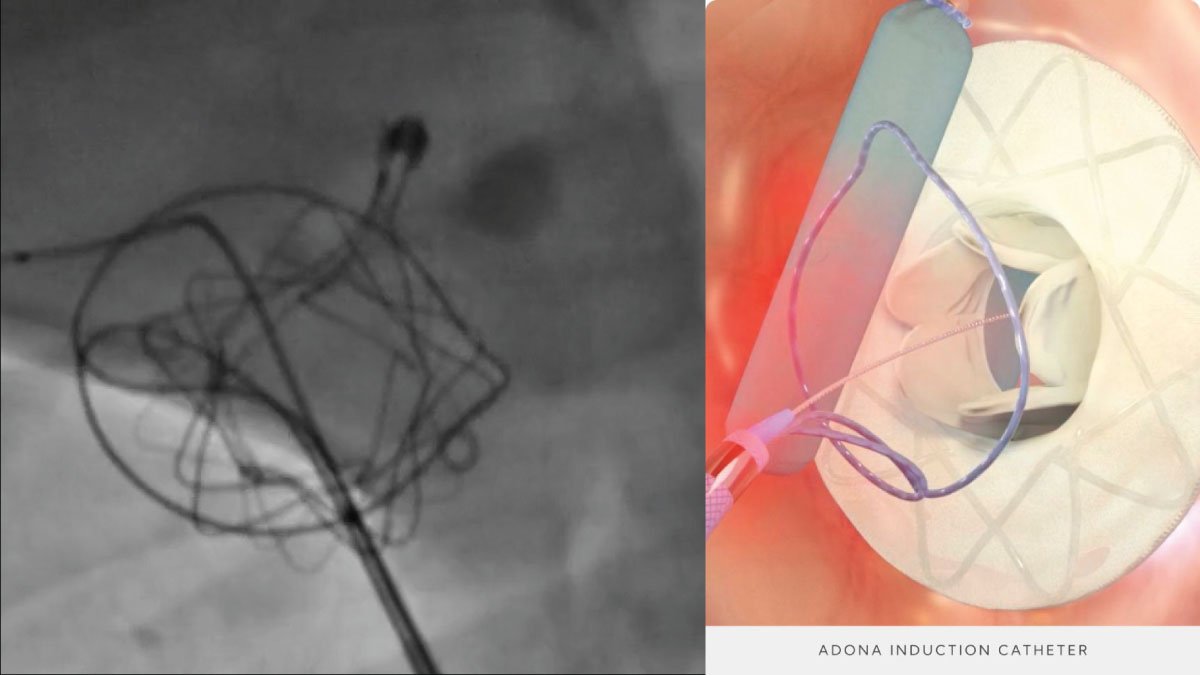Anemia: Understanding Causes, Symptoms and Treatment

Introduction
Anemia is a common disease that affects millions of people worldwide. It happens when you don’t have enough healthy red blood cells or hemoglobin in your blood, causing fatigue and weakness. This condition can seriously affect overall health and quality of life. Understanding, its causes, symptoms, and treatment is critical to effectively treating the condition.
What is Anemia?
Anemia is a condition characterized by a lack of quantity or quality of red blood cells (RBC) in the body. Red blood cells contain hemoglobin, a protein responsible for transporting oxygen from the lungs to the rest of the body. With a lack of red blood cells or hemoglobin, the tissues and organs of the body do not receive enough oxygen, which causes various symptoms and health problems.
Causes of Anemia
- Iron deficiency: To produce hemoglobin, bone marrow needs iron. The body cannot produce enough hemoglobin for red blood cells if there is not enough iron in the system.
- Vitamin deficiency: This is caused by a lack of vitamins. To produce enough healthy red blood cells, the body needs folate and vitamin B-12.
- Anemia of chronic disease: Associated with chronic diseases such as kidney disease, cancer, or inflammatory diseases that inhibit the production of red blood cells.
- Aplastic anemia: A rare but serious condition in which the bone marrow does not produce enough blood cells, including red blood cells.
- Hemolytic anemia: Occurs when red blood cells are destroyed faster than they can be produced, such as from sickle cell or autoimmune diseases.
Symptoms of Anemia
- Fatigue and weakness
- Shortness of breath
- Dizziness or light-headedness
- Pale or yellowish skin
- Cold hands and feet
- Chest pain
- Headache
- Diagnosing
A complete blood count (CBC) is usually the first test, followed by additional tests to determine the specific type and cause.
Treatment of Anemia
- Dietary changes: Increase your intake of iron-rich foods (such as red meat, beans, and leafy greens) and foods rich in vitamin B12 and folate.
- Iron supplements: Oral or intravenous iron supplements can help increase iron levels in the body.
- Vitamin supplements: Vitamin B12 or folate supplements may be prescribed for vitamin deficiency anemia.
- Medications: For chronic disease, medications that treat the underlying disease may help treat the condition.
- Blood transfusions: Severe condition may require a blood transfusion to rapidly increase the number of red blood cells.
- Bone marrow transplant: In severe cases, such as aplastic anemia, a bone marrow transplant may be necessary.
Conclusion
Anemia is a manageable disease with proper diagnosis and treatment. By understanding its causes, symptoms and treatment options, people can take proactive steps to manage their health.




















